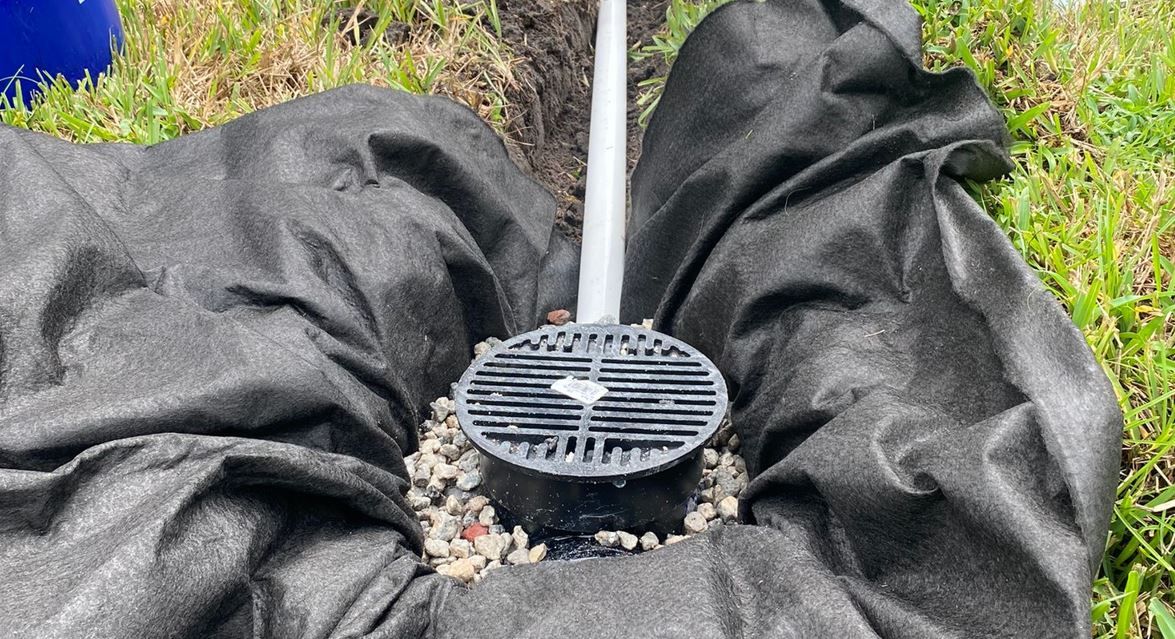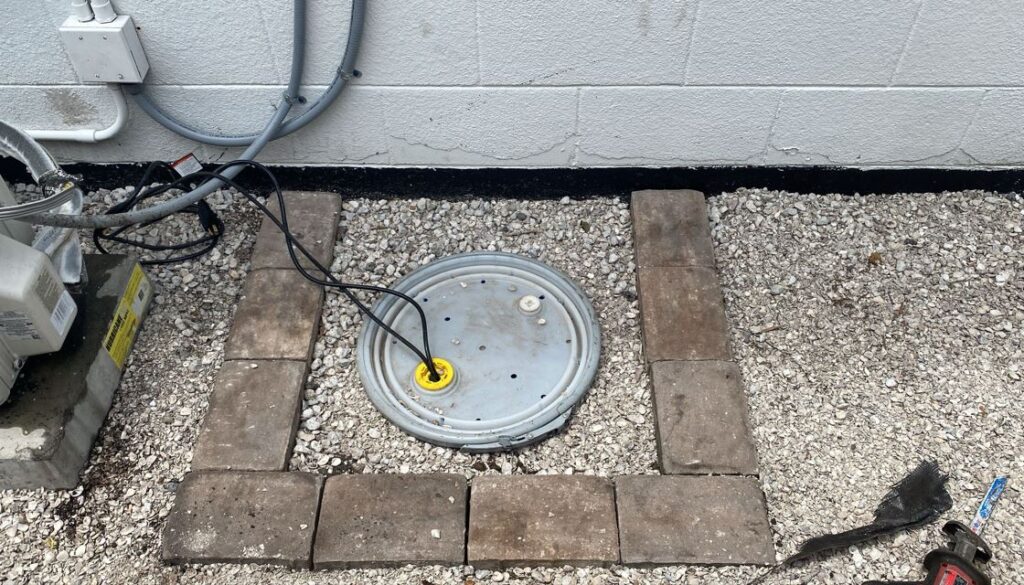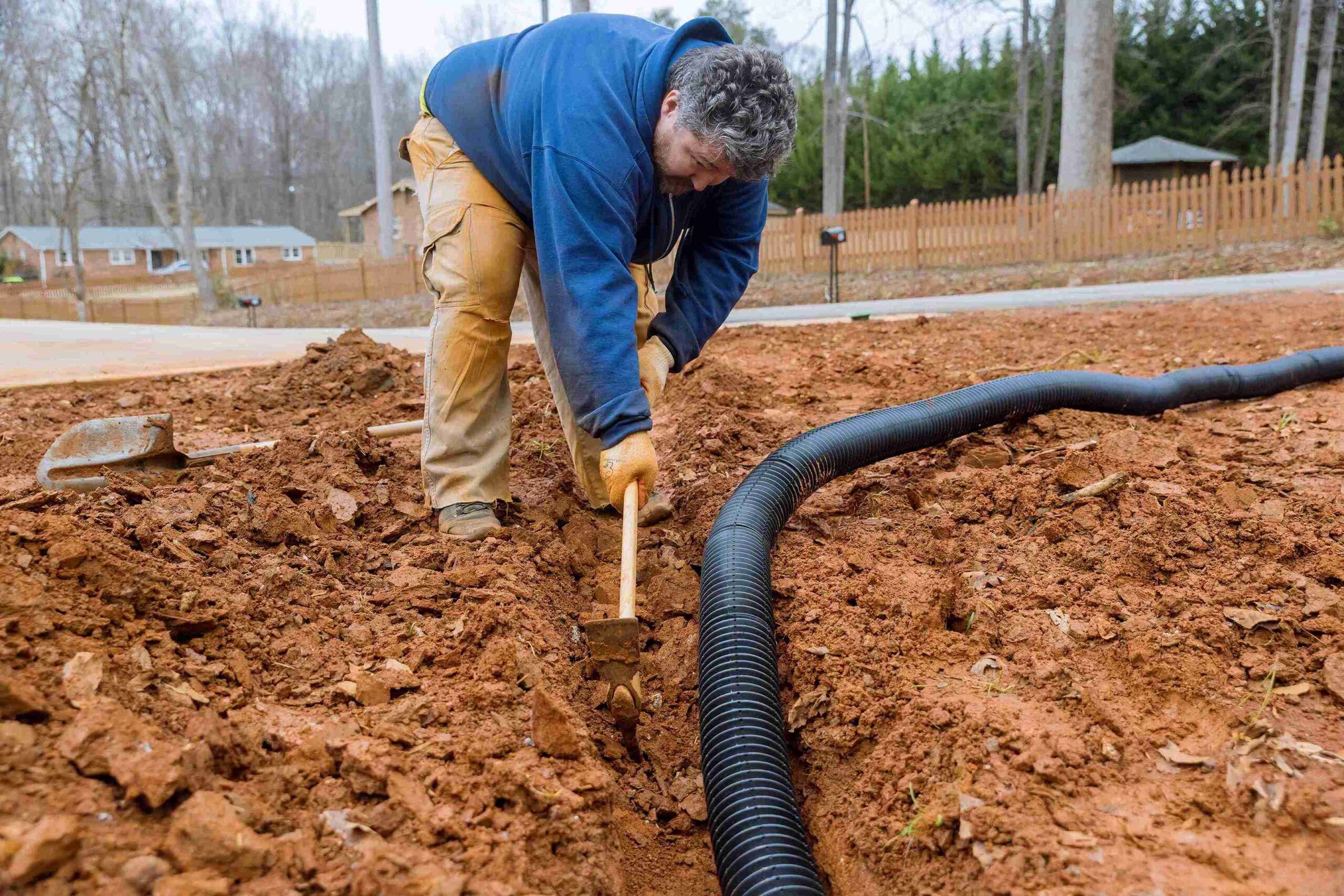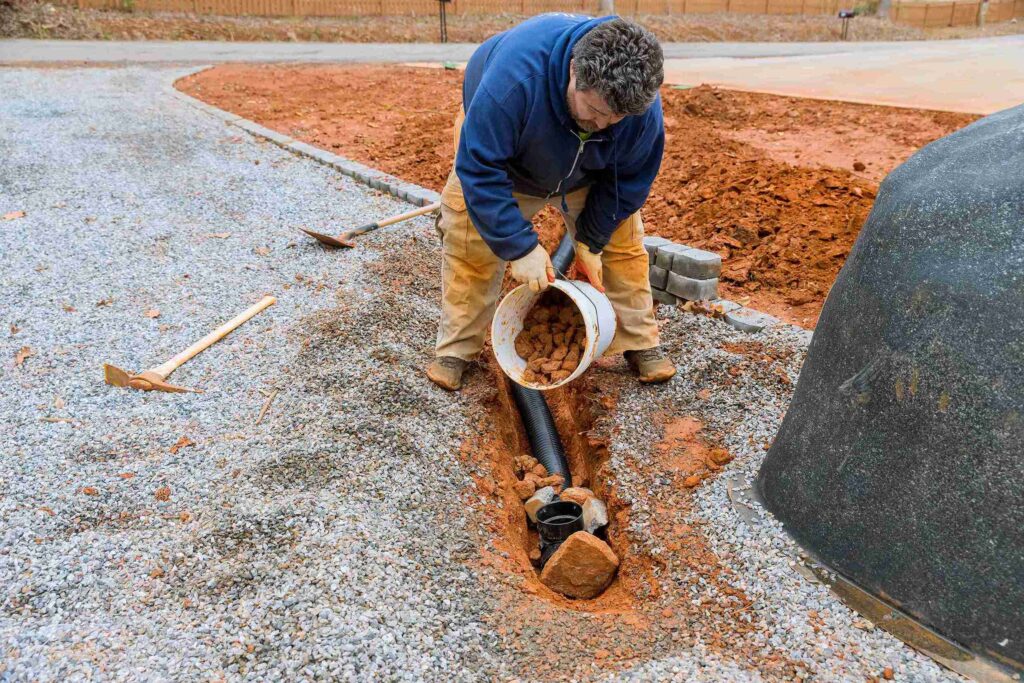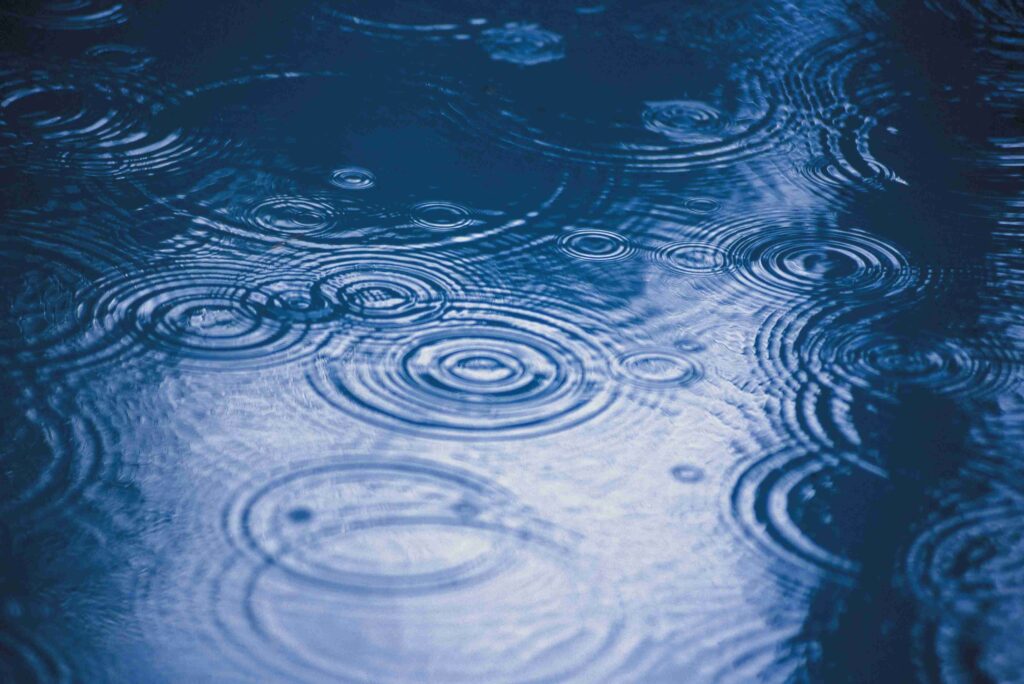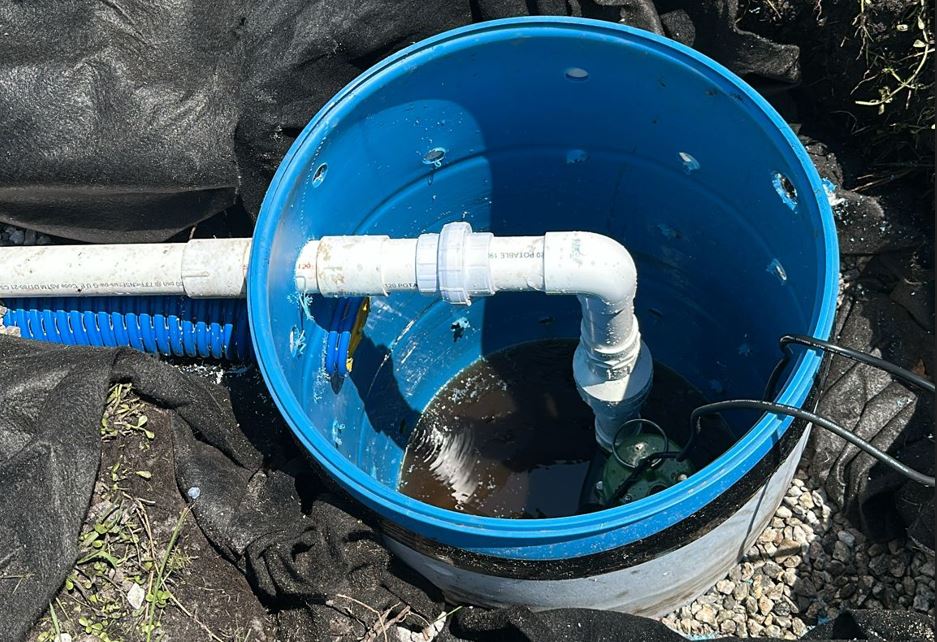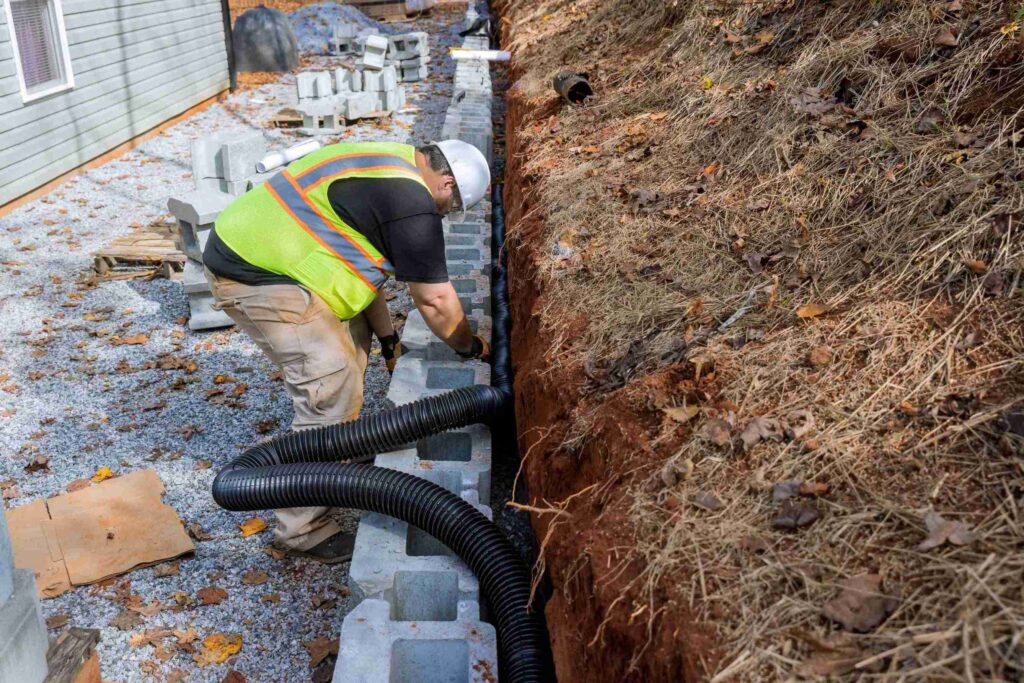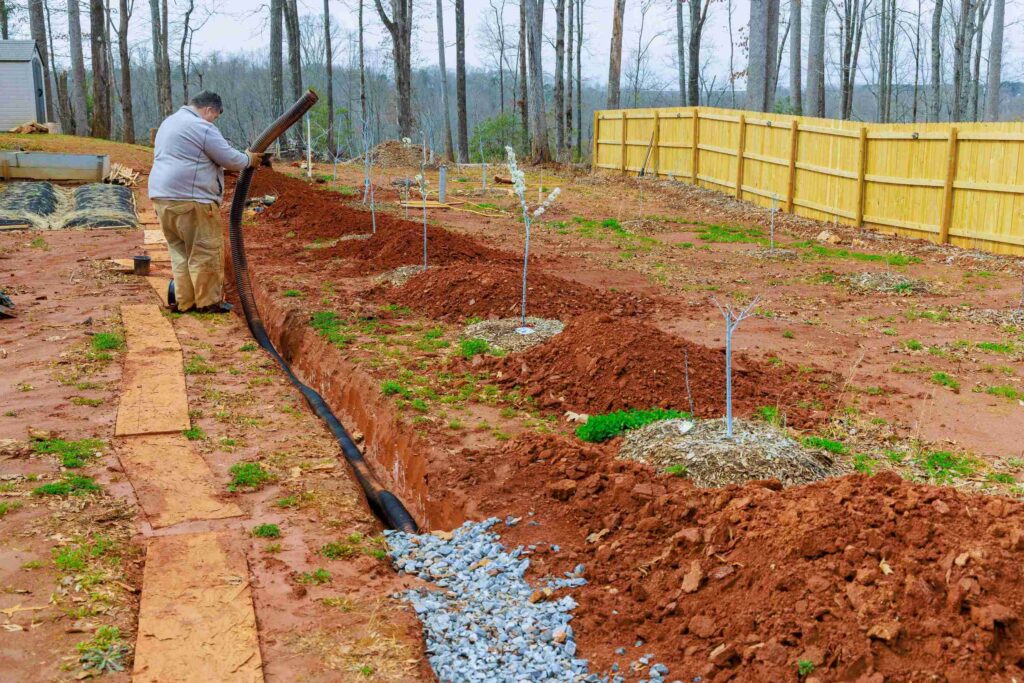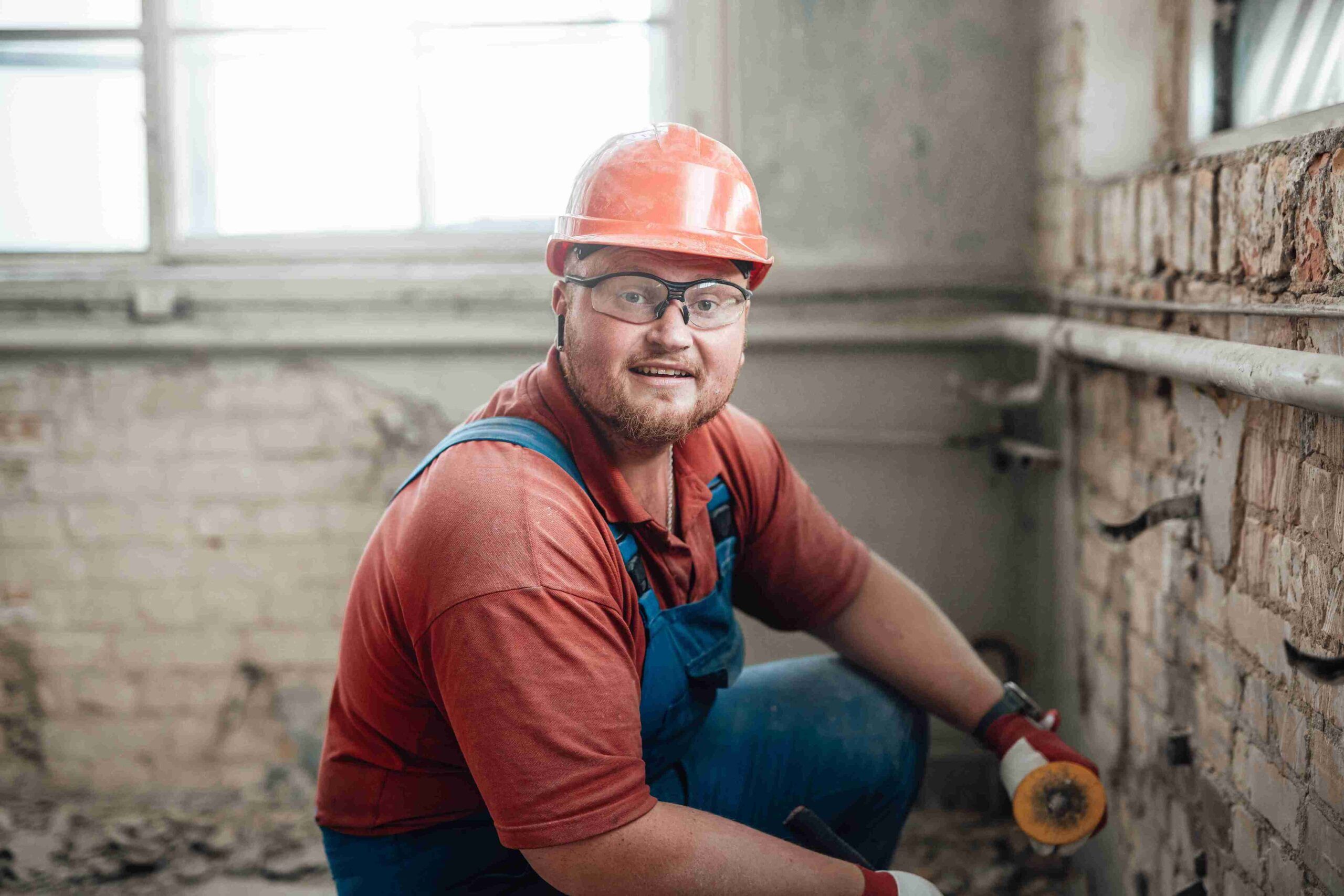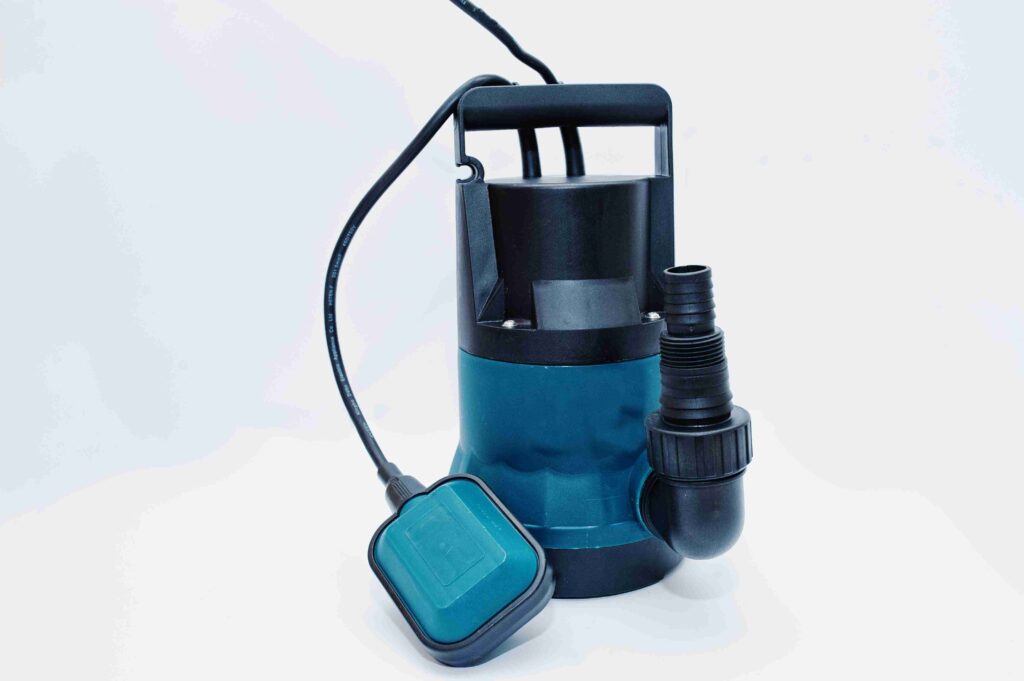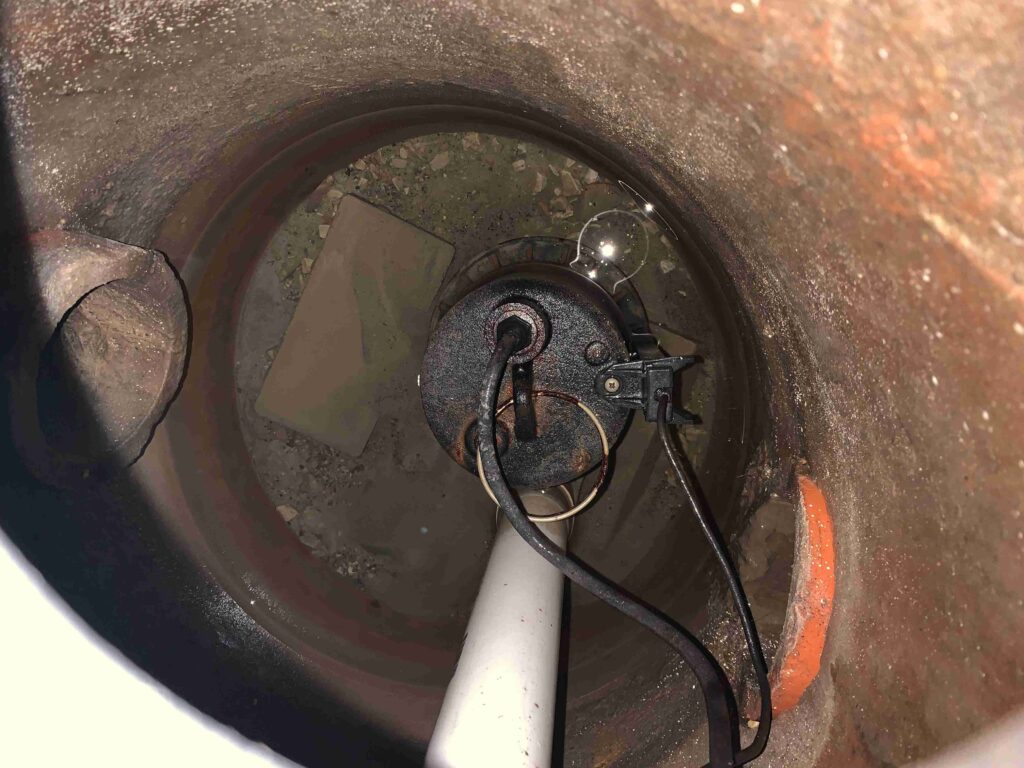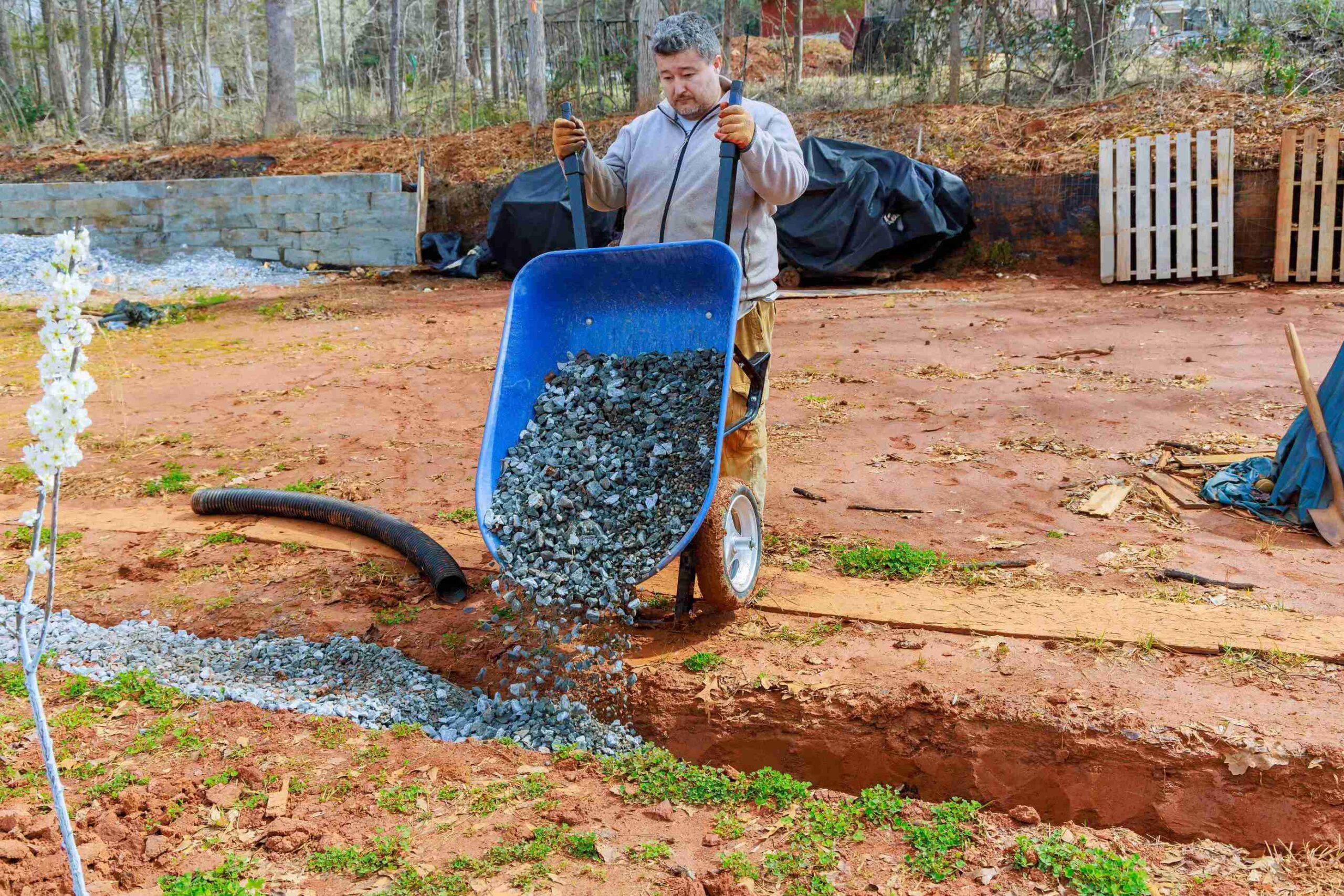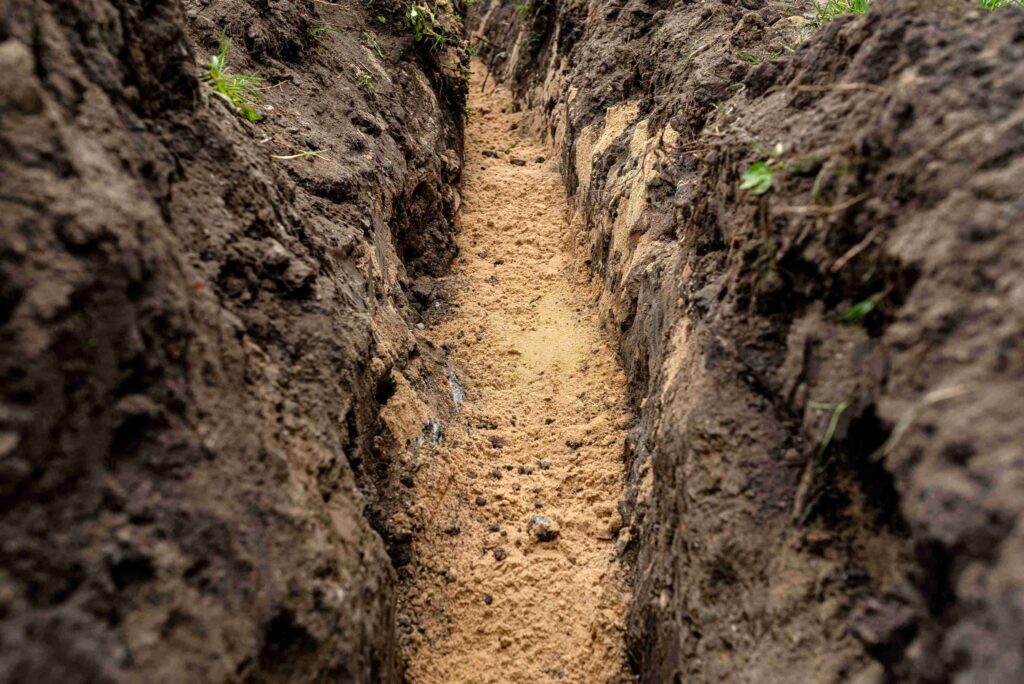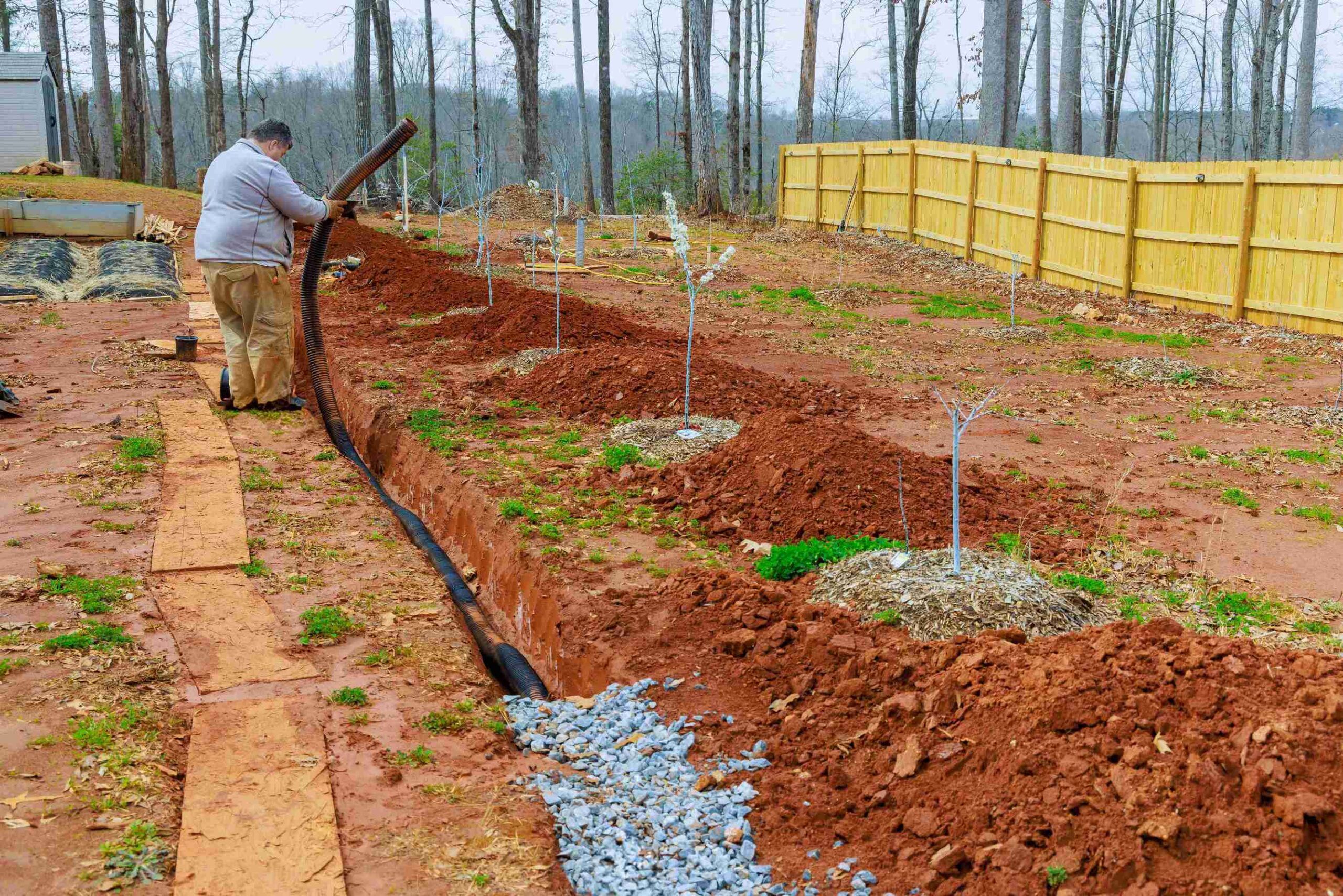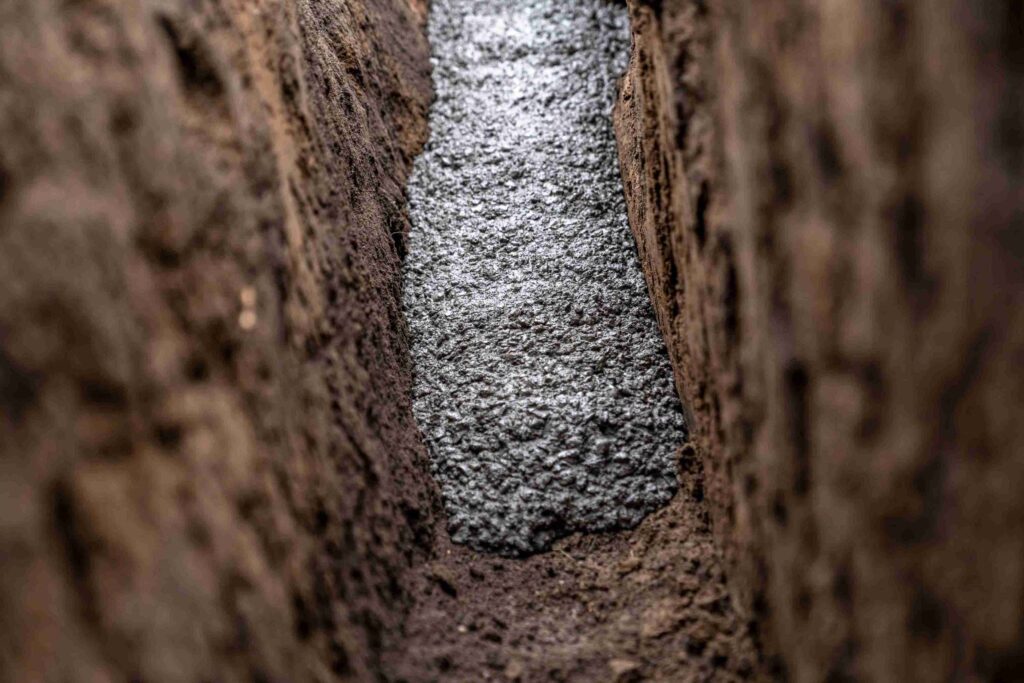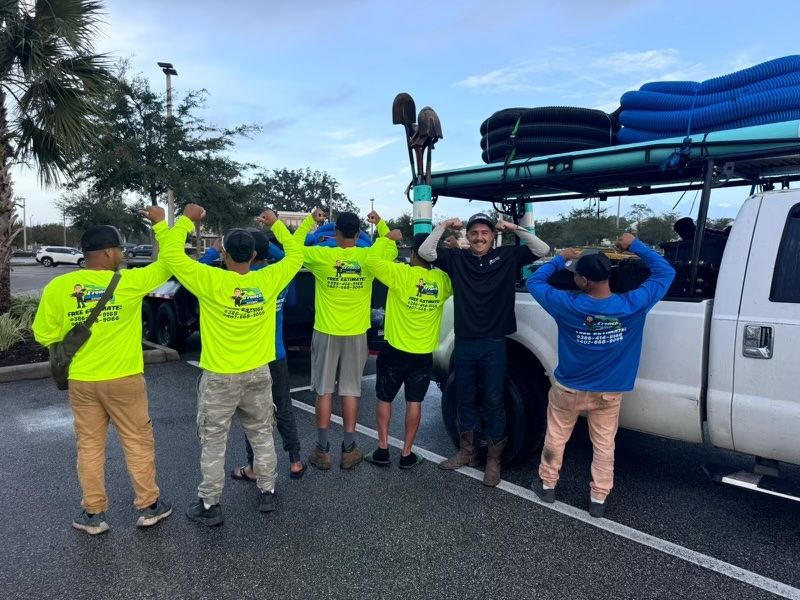What Size Sump Pump Do I Need? (Guide)
Picking a sump pump isn’t something most people think about until their basement suddenly looks like a kiddie pool.
At that point, it’s usually a little too late to start Googling horsepower ratings.
The truth is, getting the size right isn’t complicated. You just need to know a few basics, do a quick test or two, and match the pump to your home’s actual needs.
In this post, we’ll show you how to calculate the sump pump size you need.
Common Sump Pump Sizes
First things first, there are a few standard sizes for sump pumps, and you’ll mostly find them categorized by horsepower (HP). The most common ones are:
- 1/3 HP pumps
- 1/2 HP pumps
- 3/4 HP pumps
1/3 HP is the standard for most homes. It handles light to moderate water flow and works great in average-sized basements with a standard discharge line.
1/2 HP is a step up when the pit fills a bit faster, or when your discharge line is longer. It moves more water and can handle higher lift.
3/4 HP and above are the heavy hitters. They’re built for deep basements, very high water tables, or homes that deal with frequent, heavy storms.
For many homeowners, 1/3 HP is enough.
But once your pit starts filling quickly during rain or your discharge line has a few twists and turns, bumping up to 1/2 HP is usually a smarter move.
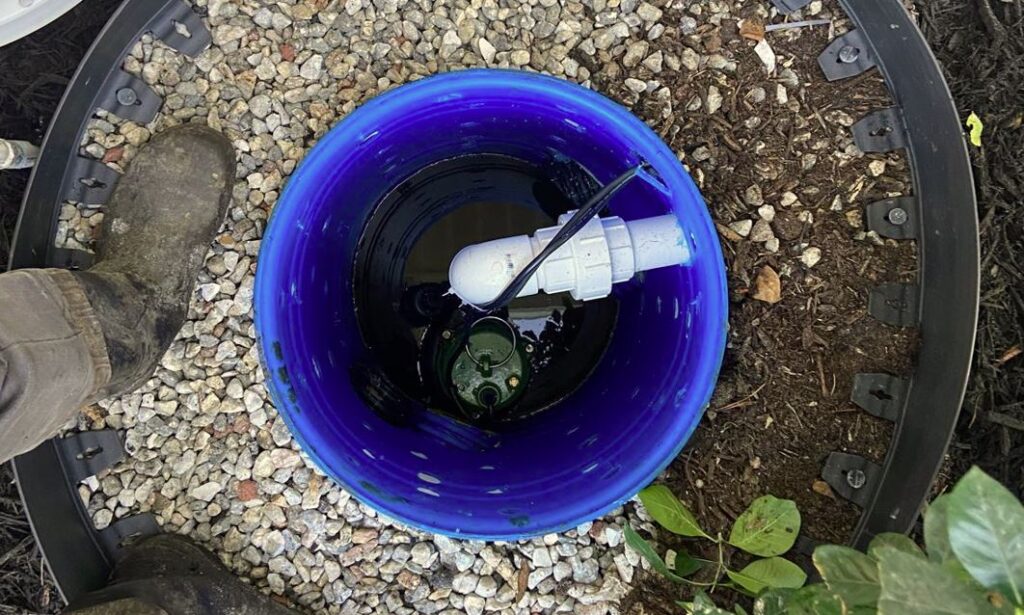
Also Read: Sump Pump Replacement Costs
What Size Sump Pump Do I Need?
To figure out the size of pump you need, you’ve got to think about a few different things.
These aren’t just random details; they’re all going to play a role in making sure your pump works as efficiently as possible:
#1 Consider How Much Water You’re Dealing With
This is the biggest factor.
If your sump pit fills slowly and steadily during rain, you can probably stick with a 1/3 HP pump. But if it fills up fast, you’ll need something stronger to keep up.
There’s a quick way to figure this out without fancy tools:
Wait for a rainy day or use a garden hose to fill your pit manually. Watch the water rise for 60 seconds. Measure how many inches it goes up. Multiply that by the pit’s diameter to estimate gallons per minute. Then multiply by 60 to get gallons per hour.
Once you have that number, pick a pump that can handle a little more than your highest inflow rate.
Giving yourself a small cushion helps during sudden downpours.
Also keep in mind how often the pump will cycle. A smaller pump running constantly isn’t ideal. A slightly larger pump that cycles on less often may last longer and keep up more.
Also Read: Sump Pump Float Stuck
#2 Factor In Your Sump Pit Size
Pit size matters more than most people think.
If your pit is on the small side, there’s less water stored between pump cycles. That means the pump may turn on and off more frequently, which wears it out faster.
A bigger pit gives the float switch more room to work and keeps the pump from short cycling.
Most pits are around 18 to 24 inches wide. A 1/3 HP pump works well in that range for average inflow. If your pit is larger or deeper, a more powerful pump can move bigger volumes of water in fewer cycles.
That said, installing a huge pump in a tiny pit can cause problems too, like it may empty the pit so fast that it turns on and off constantly.
A good fit keeps things balanced and strong enough to move the water out but not so aggressive that the pump never rests.
#3 Think About Your Discharge Line
Your discharge setup plays a bigger role than you might expect.
The pump doesn’t just move water vertically; it also has to push it through a length of pipe and around any bends. Every extra elbow or long horizontal run adds resistance.
A standard system with a short vertical rise and a straight shot outside is easy. But if your discharge line runs a long distance or climbs several feet before exiting, you’ll need a stronger pump to maintain flow.
The typical discharge pipe is 1½ inches wide, and a check valve is a must.
Without it, water flows back into the pit when the pump shuts off, forcing it to move the same water twice. That extra strain adds up fast.
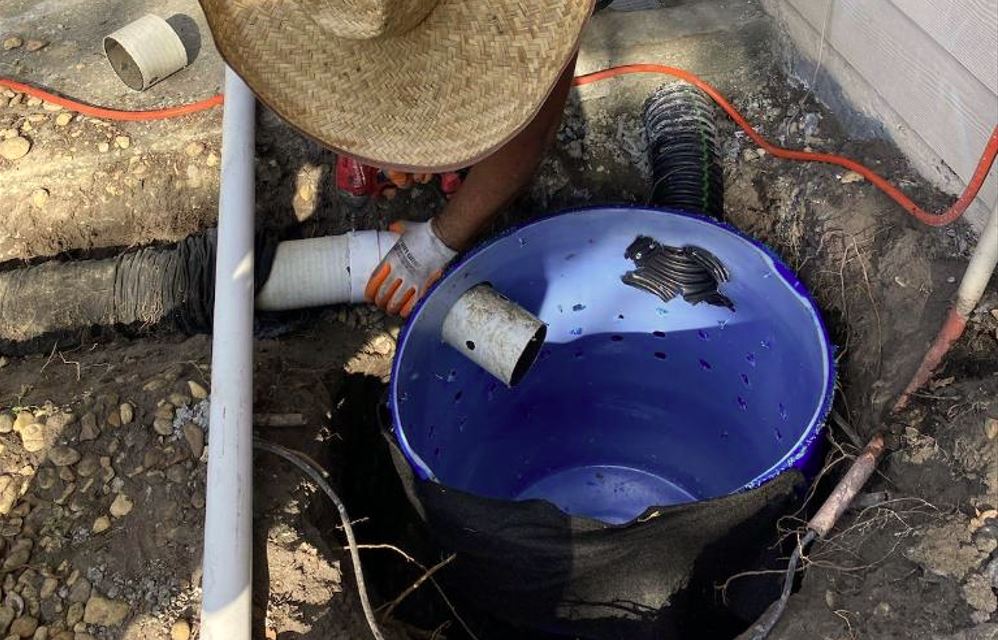
Also Check Out Our: Sump Pump Services In Central Florida
#4 Match The Pump Size To Your Needs
Once you’ve looked at water volume, pit size, and discharge setup, the right size usually becomes obvious.
For example, say you have a standard pit, moderate inflow, and a short discharge line. A 1/3 HP pump is perfect. But if the pit fills quickly during heavy rain and your discharge line runs 30 feet with a few bends, 1/2 HP is a safer bet.
If you’ve got a deep basement and your pump has to push water vertically for 10 feet or more, a 3/4 HP pump might be worth it.
You have to match the pump’s capacity to the actual work it needs to do, and not to go overboard just for the sake of it.
#5 When To Upgrade Or Go Bigger
So, you’ve got a sump pump that seems to work fine, but there are times when you should consider going bigger. If you notice your pump struggling, it might be a sign that it’s time to upgrade.
Some signs to look out for include:
- The pump runs constantly or for long periods.
- Your basement still gets damp or flooded after a heavy rain.
- The pump doesn’t seem to move water fast enough, or it gets clogged frequently.
If any of these sound familiar, it could mean your pump isn’t up to the task anymore.
Upgrading to a more powerful model, like moving from 1/3 HP to 1/2 HP or 3/4 HP, might make a big difference.
#6 Don’t Forget The Extra Details
The horsepower is only part of the equation.
A few small details can make a huge difference in how well your system works.
For starters, stick with a quality brand. Cheaper pumps might look tempting, but they tend to burn out quicker. Installing a reliable check valve is essential too. It prevents water from flowing backward into the pit after each cycle.
If your area gets frequent storms or you travel often, consider a backup sump pump or battery-powered system.
A power outage during a storm is one of the most common ways basements flood, and a backup can save you thousands in repairs.
Finally, test your system every so often.
Pour a few buckets of water into the pit and make sure the pump kicks on smoothly and discharges properly. A quick check now and then keeps surprises away.
Bottom Line
Picking the right sump pump size doesn’t need to be a guessing game.
A little measuring, a quick look at your pit, and a check of your discharge line give you everything you need to make a smart choice.
For most homes, a 1/3 HP pump does the job just fine. If your pit fills quickly or your discharge setup is more demanding, a 1/2 HP model is usually the next step up.
Bigger pumps have their place but aren’t automatically better.


